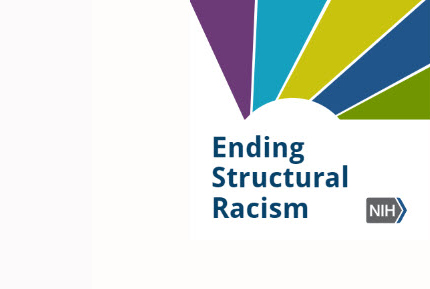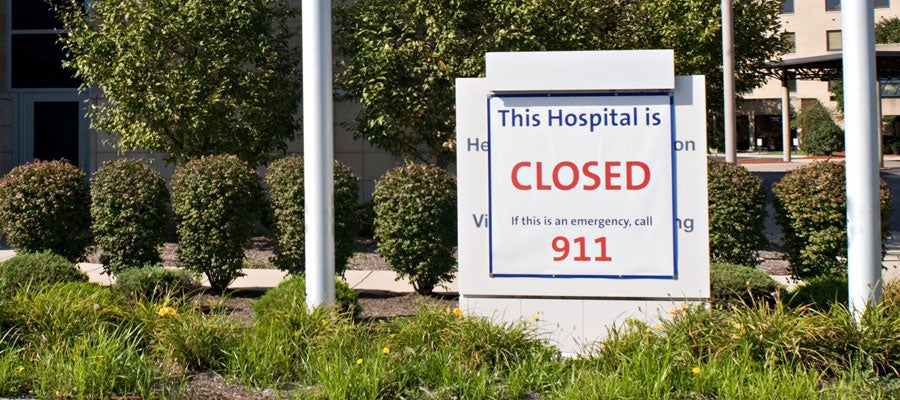
“I don’t see how that’s relevant to healthcare.”
At the end of March 2021, an (non-Asian American) Associate Dean for Equity, Diversity and Inclusion at a prominent U.S. medical school asked the Dean if they could plan a statement and educational activity about the Atlanta shootings in which 8 people were murdered, 6 of whom were Asian women. At this time, American rhetoric around the COVID-19 pandemic, including language from the former U.S. president, had spawned an exponential growth in anti-Asian hate since 2020. Asian American healthcare workers were experiencing discrimination, harassment, rejection and even violence, from patients, staff and colleagues.
The renewed racial justice movement following the murders of Brianna Taylor Ahmad Arbery and Breonna Taylor had also ushered a wave of discussion about racism in the nation- including in medicine. Medical schools set up anti-racism initiatives, doubled-down on anti-racism commitments, and announced new positions and offices of equity, diversity and inclusion.
The Dean did not see the event- a tragic signifier of the broader issue of anti-Asian American racism in the country- as relevant to the community in their school of medicine.
The continued erasure of Asian Americans within medicine, who make up approximately one-fifth of all medical students, trainees and physicians, and constitute the largest racially minoritized group, will block overall progress on racial justice.
Holding up Asian Americans as a “model minority,” allows for white dominant narratives to deny the existence of racism within the profession. Simultaneously, ignoring Asian American concerns and perpetuating ongoing discrimination will continue to those in healthcare more broadly (not just physicians).
With this commentary in NEJM, we hoped to start a more nuanced conversation about the positionality of Asian Americans in medicine and in the larger movement for racial justice.
Asian Americans and Racial Justice in Medicine


